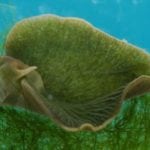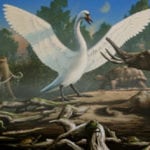 Weird Stuff
Weird Stuff  Weird Stuff
Weird Stuff  Our World
Our World 10 Ways Your Christmas Tree Is More Lit Than You Think
 Movies and TV
Movies and TV The 10 Coolest Stars to Set Sail on The Love Boat
 History
History 10 Things You Didn’t Know About the American National Anthem
 Technology
Technology Top 10 Everyday Tech Buzzwords That Hide a Darker Past
 Humans
Humans 10 Everyday Human Behaviors That Are Actually Survival Instincts
 Animals
Animals 10 Animals That Humiliated and Harmed Historical Leaders
 History
History 10 Most Influential Protests in Modern History
 Creepy
Creepy 10 More Representations of Death from Myth, Legend, and Folktale
 Technology
Technology 10 Scientific Breakthroughs of 2025 That’ll Change Everything
 Weird Stuff
Weird Stuff Ten Bizarre Facts About The Doge Meme
 Our World
Our World 10 Ways Your Christmas Tree Is More Lit Than You Think
 Movies and TV
Movies and TV The 10 Coolest Stars to Set Sail on The Love Boat
Who's Behind Listverse?

Jamie Frater
Head Editor
Jamie founded Listverse due to an insatiable desire to share fascinating, obscure, and bizarre facts. He has been a guest speaker on numerous national radio and television stations and is a five time published author.
More About Us History
History 10 Things You Didn’t Know About the American National Anthem
 Technology
Technology Top 10 Everyday Tech Buzzwords That Hide a Darker Past
 Humans
Humans 10 Everyday Human Behaviors That Are Actually Survival Instincts
 Animals
Animals 10 Animals That Humiliated and Harmed Historical Leaders
 History
History 10 Most Influential Protests in Modern History
 Creepy
Creepy 10 More Representations of Death from Myth, Legend, and Folktale
 Technology
Technology 10 Scientific Breakthroughs of 2025 That’ll Change Everything
10 Animals With Odd Evolutionary Leftovers
Sometimes, nature forgets to erase something during evolution, and animals end up with vestigial organs. Defunct, such leftovers can sometimes increase an animal’s chances of getting hurt or even hasten its extinction. However, most animals with vestigial traits take these ancestral badges in their stride. For researchers looking to study an animal’s evolutionary path, these oddities can be priceless.
10Dog’s Dewclaw
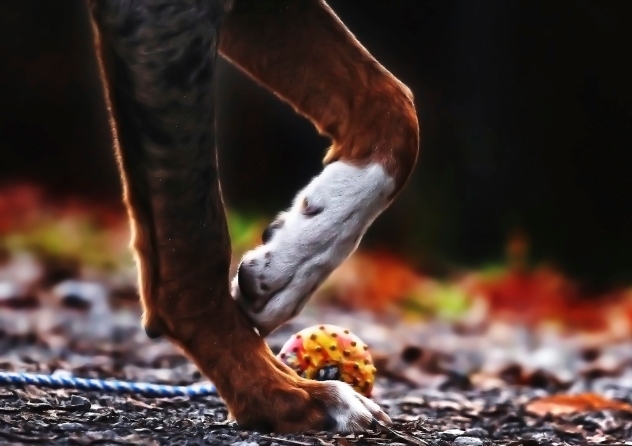
A dewclaw is the toe found higher up on a dog’s leg, and it serves no function at all. While front dewclaws are common in dogs, the rare hind leg dewclaw can be found. It’s advisable to have those amputated, as they pose a risk to the dog. Since dewclaws are often just connected by a flap of skin, they can get snagged and torn off. The growing nail on a vestigial dewclaw can also lead to painful problems. Since the toe doesn’t make contact with the ground, the nail can’t wear down and grows in a curl into the toe pad or leg.
Needless to say, this is painful for the animal and is especially risky in hairy breeds, where owners may forget about the toe hidden underneath the fur. In some show dogs, vestigial toes are not allowed to be removed—they are a part of their working breed standard. The Great Pyrenees and Briard are examples of such dogs. The Great Pyrenees even has a double dewclaw.
9Whales With Legs
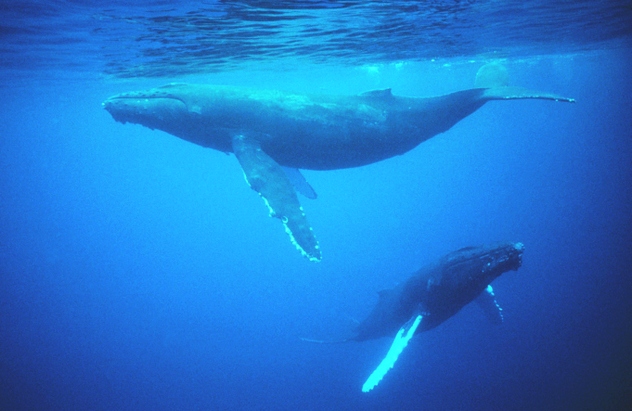
Some whale embryos sport well-developed beginnings of limbs, but they eventually disappear during development. However, in rare cases, they don’t. Whales have been caught with leglike stumps containing tibia or femur bones. Many such discoveries were made by whale hunters. In July 1919, a female humpback whale was killed by whalers near Vancouver Island and was discovered to have two unexpected stumps on her lower body. It was determined that these were elementary hind legs about 1.2 meters (4 ft) long.
In 1956, an adult female cachalot hunted in Japan had a pair of “back legs” over 5 centimeters (2 in) long. Dolphins also still show a strong link to their past. When a herd of 450 blue-white dolphins was slaughtered in 1963 by Japanese fishermen, one dolphin had vestigial hind leg stumps. Scientists agree that such protrusions are not an abnormality but a true reversion to the whales’ ancestral bodies—when they still possessed legs and were terrestrial animals.
8Cockroach Wings
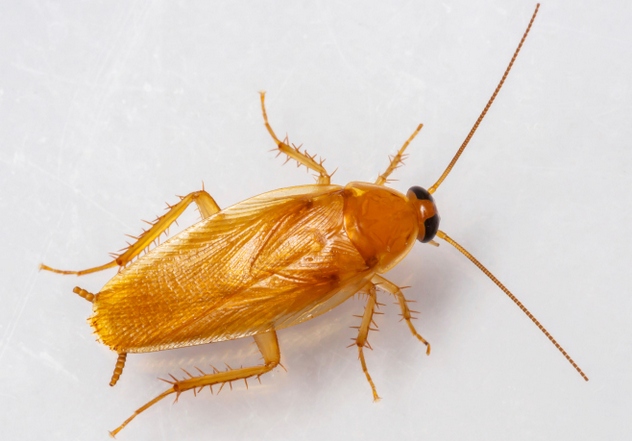
While all male cockroaches have well-developed wings that—in many cases—allow them to fly, the females of certain roach species are either wingless or have rudimentary wings. At first glance, one might wonder why nature didn’t give the workable wings to the females instead, in case danger pounces and they need to fly away. After all, females are the ones carrying future roaches in their egg cases.
But then again, cockroaches are not exactly endangered. The little goobers have managed to freak out home and business owners the world over, so maybe that’s why females don’t really need the gift of flight. They are so successful as a species that cockroaches have not felt the pressure to evolve as much as other creatures. They still show off their 320-million-year-old design today, proving that primitive life wasn’t as backward as some may think.
7Shark Teeth
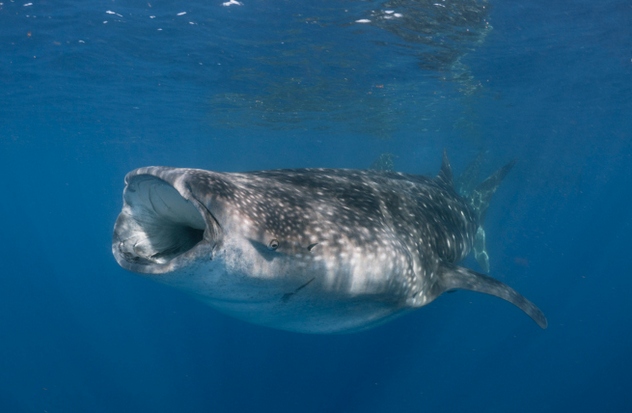
Finally, a shark that doesn’t use its teeth. The beaches are safe again. Well, not entirely, but mankind can rejoice that this shark species doesn’t use its rows of 3,000 teeth. The huge whale shark is a filter feeder that does everything big. It’s the largest fish in existence, females can carry litters of up to 300 pups, and there’s no use trying to insult this shark—its spotty skin can grow up to 25 centimeters (10 in) thick.
Curiously, these giants feed mainly on microscopic organisms. As a result of this diet, their teeth have shrunk over generations to the cute height of 3 millimeters (0.1 in). The teeth would be useless even if the shark tried to bite with them. Whale sharks do possess 10 filter pads that trap food as the shark sucks in seawater into its enormous mouth and pushes it out its gills. These submarines of the oceans are very secretive. Little is known about how they mate, their migration patterns, growth rate, or even their history as a species.
6Boa Limbs
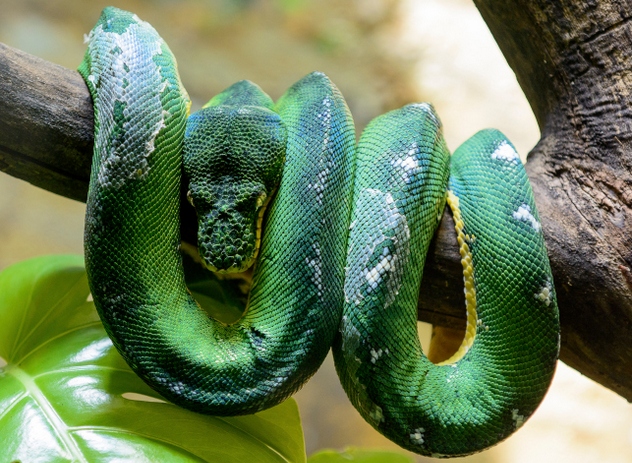
Considered primitive snakes, boa constrictors have leftover pelvic bones and back legs. Situated inside the lower part of the reptile’s body, the ancient legs even have claws. These are not immediately noticeable, and an X-ray is usually needed to appreciate the full strangeness of it.
The skeletal remnants of leg bones have invited the theory that snakes descended from lizards—that somewhere, millions of years ago, a group of lizards started getting shorter legs than they normally would. Maybe it was accidental. No one is entirely sure, but this new body form benefited the proto-snake enough to allow it to breed and thrive. Eventually, the legs disappeared from view, going from the outside of the snake’s body to being forgotten within. Pythons, also primitive constrictor snakes, preserved their vestigial legs in the same way. Both species also have two lungs, where most other snakes only have a single lung.
5Flightless Cormorant
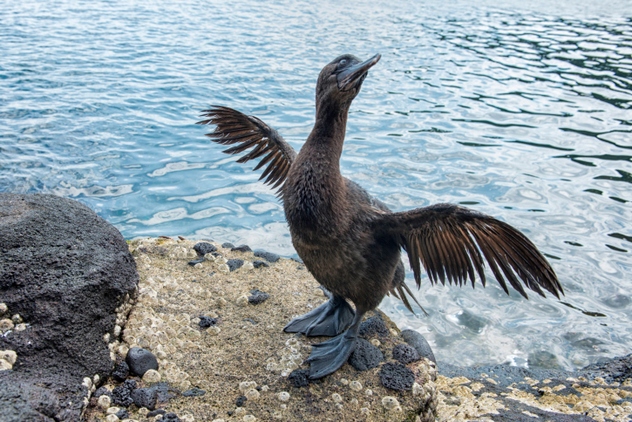
The Galapagos cormorant is an example of nature dropping the ball. Nature is seriously pulling a dodo on this unique aquatic bird—the Galapagos cormorant has no fear of humans and can also no longer fly. In fact, their undersized wings resemble something ravaged by rats. Cormorants are accomplished underwater hunters. This member of the family is no different. With its webbed feet and powerful legs, the Galapagos cormorant catches fish, octopus, and eels with snakelike speed. However, unlike penguins, Galapagos cormorants don’t use their wings to help them steer underwater. Their wings are truly useless.
Like other cormorant species, the Galapagos bird also can be found sitting on a rock after a dive, its wings open to the Sun. Normally, this helps the flight-able species dry their feathers, which are not waterproof, so they can fly again. But in the Galapagos bird, this vestigial habit is as pointless as their wings. With its lack of fear for predators and limited range, losing the ability to fly truly helped this turquoise-eyed sea bird toward an easy extinction should just one big trauma occur. If, say, rats get on the islands, the Galapagos cormorant population faces serious trouble.
4Plover Toes
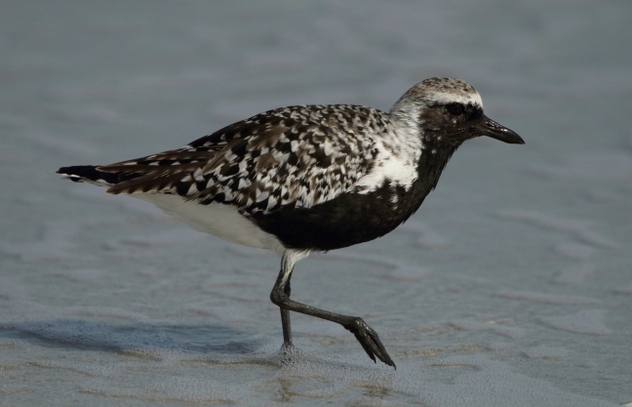
Plovers are shorebirds known for realistically faking a broken wing to get attention away from their young. Black-bellied plovers are the biggest plover species and the only ones in North America to retain tiny vestigial hind toes. These extra tootsies, which are very small, can be hard to observe in the wild or when the birds move in their trademark run-stop-run-stop way.
The male will present his lady with a grand nesting site—a shallow scratch in the ground—and she’ll produce several multicolored eggs, ranging from pink to green to brown. Both parents incubate and feed the chicks, but the female loses interest after two weeks, and the male then continues to care for the young until they are fully developed. Chicks are more self-sufficient than the young of most other bird species, able to start feeding themselves the day after hatching. These hyper-alert shorebirds may live for up to 20 years.
3Slug Shell
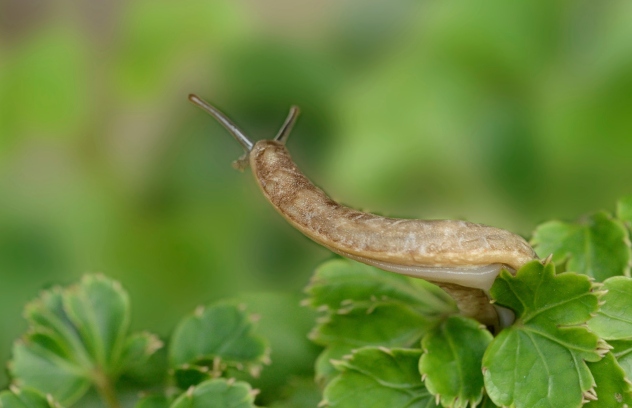
Slugs belong to the snail family and stand out for the fact that they look like snails without shells. Some of these mollusks retain a shell from their ancestors, but it’s buried invisibly in their mantle. Instead of being a slug’s home, the vestigial shell is now used to store the slimy critter’s calcium. Calcium is a crucial constant in the lives of slugs and snails, as it regulates their fluids, egg production, shell building, muscle contraction, and cell wall function.
Without the protection of a shell, slugs have been forced to develop other defensive strategies to keep their soft bodies off the menu. Sea slugs, like the clown-colored nudibranchs, ooze toxins and sting. Land slugs are arguably more vulnerable than their sea cousins and have many enemies that include other slugs. When in danger, the land slug excretes a substance that gives it a bad taste and makes it hard to grip.
2Owl Hands
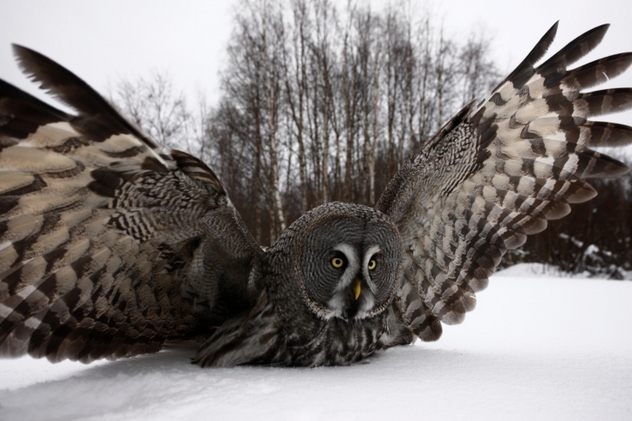
Certain great gray owl chicks are born with clawlike structures at the wrist of the wings—like little owl hands. While other bird species—like the hoatzin of South America—have and actively use such body parts, the great gray owls seem to have no use for theirs. The juveniles don’t use them to move around between branches or for any other purpose, really.
A vestigial hand on a bird could perhaps hint at a distant ancestor that had some evolutionary need to climb trees. When compared to the rest of North American owls, the great gray owl is a very primitive species. This enormous bird is also the largest owl in North America, with both males and females capable of measuring up to 84 centimeters (33 in) in height. Researchers have found that while most great grays have wing claws at birth, the road to maturity tends to erase this ancient feature in the end. Why this happens remains unknown, but the few adult owls that don’t lose theirs can grow rather large useless claws.
1Cheetah Claw Sheaths
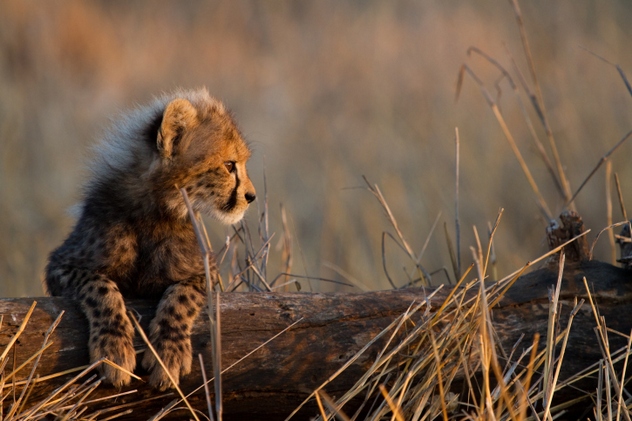
This spotty cat owns a rather odd organ that goes from serving an actual purpose to becoming vestigial within the first four months of its life. Baby cheetahs can do something the adults cannot: completely retract their claws back into their paws. Cheetahs are known for being different from other cats, because they cannot completely pull in their nails, causing their trademark “dog print” when they walk; both the pads of the toes and nails are very visible in the sand, where other cats’ tracks would only show the pads.
However, young cheetahs have fully functional claw sheaths into which their nails can vanish, like any other feline species. This ability doesn’t last. By the time the cubs are 15 weeks old, the sheaths deteriorate beyond repair. At best, the animal can semi-retract its claws, but after this stage the cheetah’s nails are always visible.
I’m a freelance writer and editor. I also write romance adventure and kids’ books, they can be found here and here.
